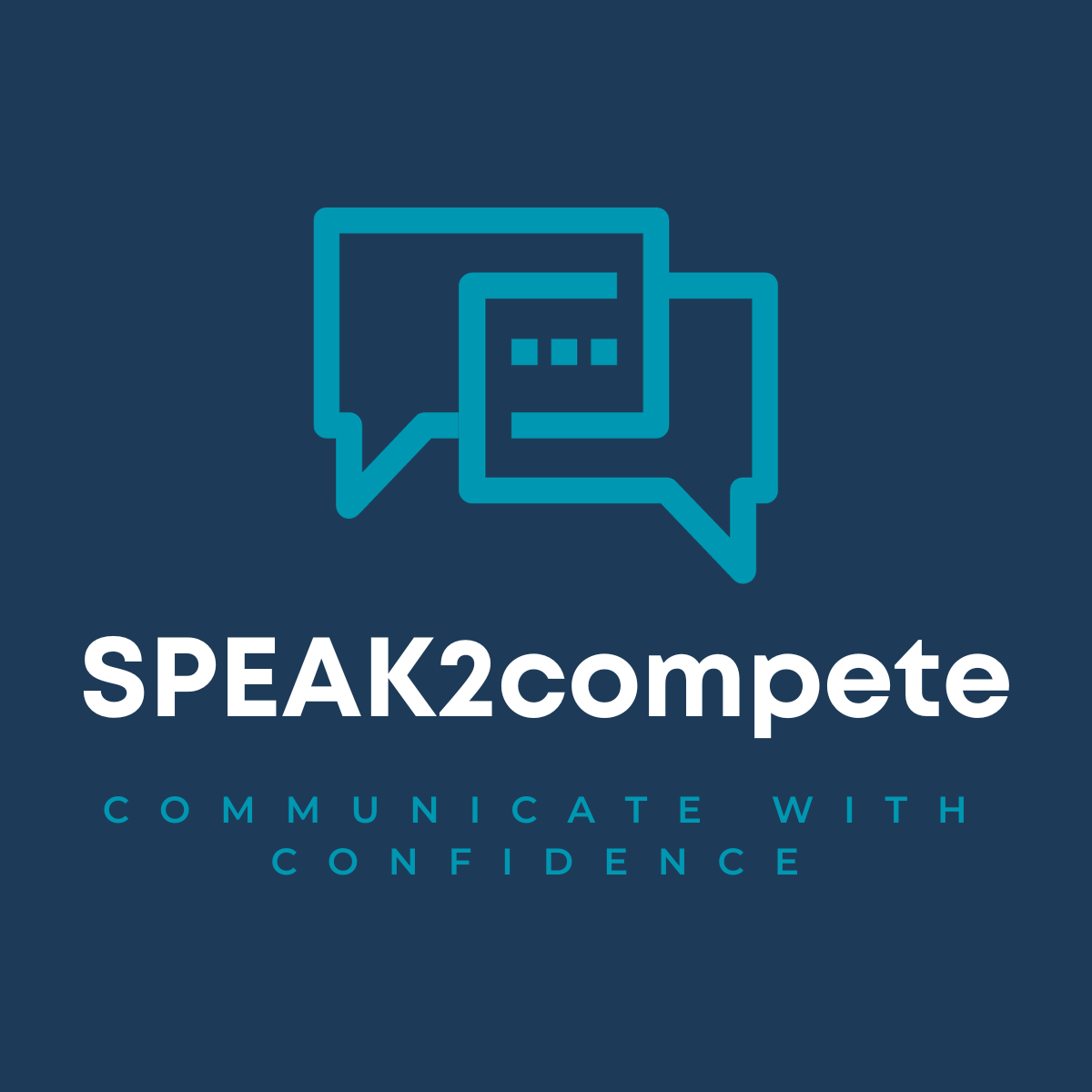The Communication Confidence Gap: Understanding and Overcoming the Discrepancy Between Perception and Reality
The communication confidence gap refers to the discrepancy between a person's actual communication skills and their perception of their ability to communicate effectively. In other words, it's the gap between what we think we're saying and what other people are actually hearing. This gap can lead to misunderstandings, miscommunications, and even conflict.
One study conducted by the University of Chicago Booth School of Business found that people consistently overestimate their communication skills. The study found that while people rated their communication skills as above average, their actual ability to communicate effectively was only average. This suggests that there is a significant communication confidence gap.
Another study, conducted by the International Journal of Business Communication, found that the communication confidence gap can have negative consequences in the workplace. The study found that employees who overestimate their communication skills are more likely to engage in conflict with their coworkers and are less likely to receive promotions or be seen as leaders.
So why does the communication confidence gap exist? One reason is that we tend to be overly optimistic about our abilities. We assume that we're doing a better job than we actually are. Another reason is that communication is a complex process that involves not only what we say but also how we say it and how it's received by the other person.
One example of the communication confidence gap in action is in public speaking. Many people feel confident in their ability to give a presentation or speech, but their actual performance may not be as effective as they think. They may use too much jargon, speak too quickly, or fail to engage the audience.
Another example is in email communication. People often feel confident in their ability to write clear and concise emails, but their messages may be misinterpreted or misunderstood by the recipient. This can lead to confusion and frustration, especially in a professional setting.
To bridge the communication confidence gap, it's important to be aware of our own limitations and to seek feedback from others. We can also work to improve our communication skills through practice, training, and education. By recognizing and addressing the communication confidence gap, we can improve our relationships, increase our effectiveness, and achieve greater success in all areas of our lives.
